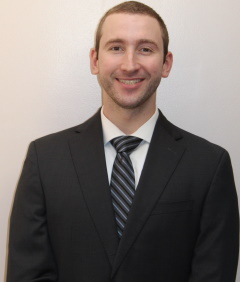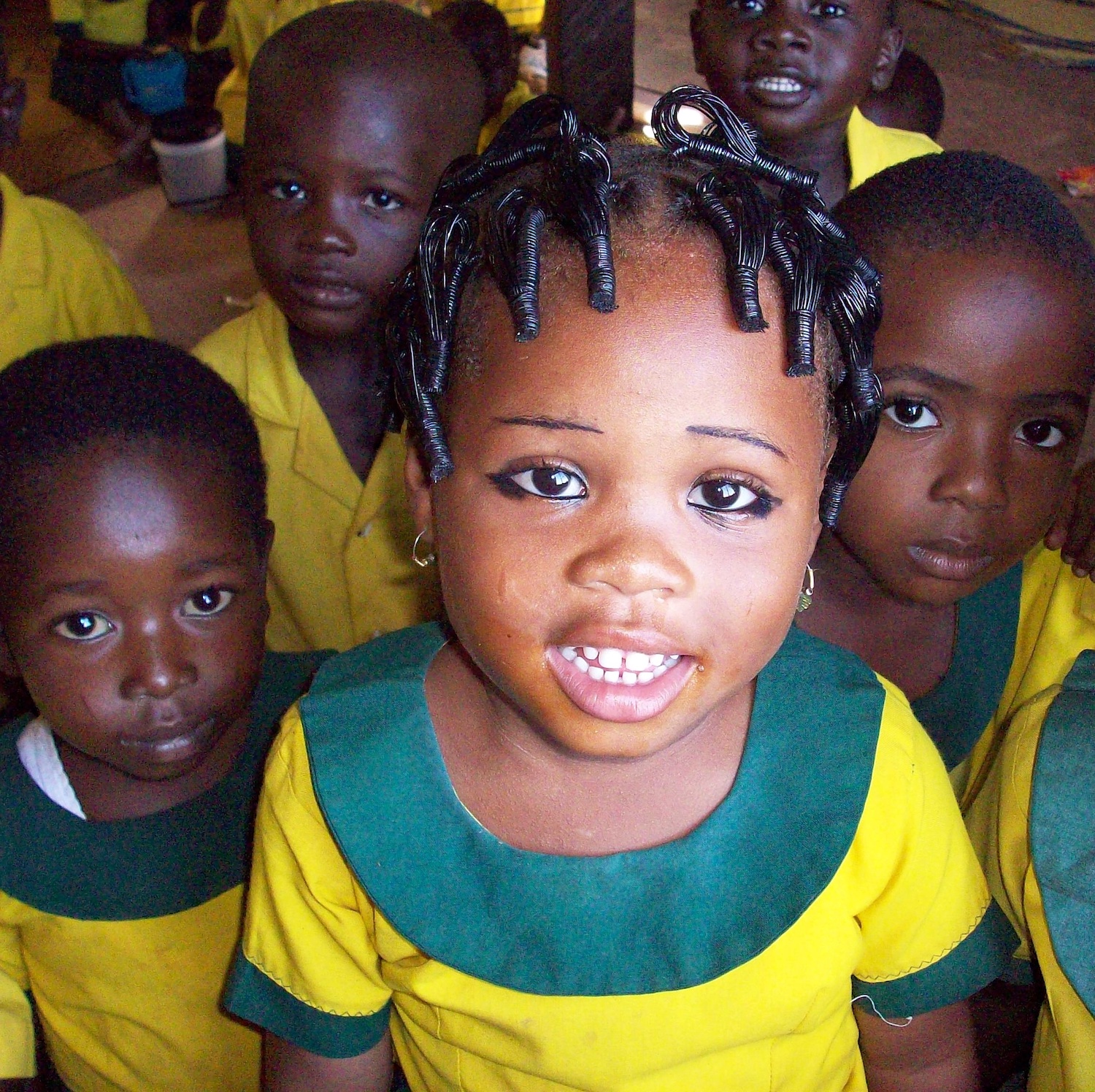Seldon Davis
INMED Blog

Hello! My name is Seldon Davis. I am a Rocky Vista University College of Osteopathic Medicine student and I’m starting my INMED service-learning in February 2022.
- Clinica Esperanza
- Honduras
- Master's in International Health
Blog Posts
Hasta Pronto
February 26, 2022
My last two weeks at the clinic flew by quicker than the first two. Having […]
Continue ReadingLa segunda semana
February 15, 2022
It’s a bit scary to think about how fast time is flying, two weeks down and two more to go. […]
Continue ReadingLa primera semana
February 6, 2022
The week started as any first clinic day does, with a tour. I arrive at Clinica Esperanza early […]
Continue ReadingHola! Que tal?
January 30, 2022
Bienvenidos! So I arrived in Roatan, Honduras 11 days ago and its been a phenomenal experience since. Prior to this […]
Continue ReadingIntroducing Myself
January 13, 2022
Hello! My name is Seldon Davis. I am a Rocky Vista University College of Osteopathic Medicine student, and I’m starting […]
Continue Reading


